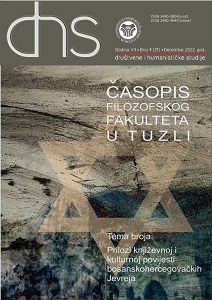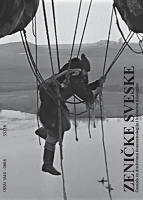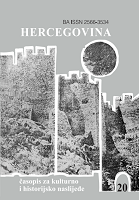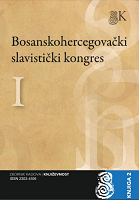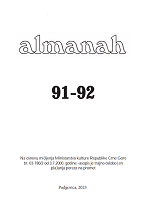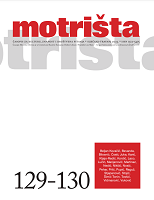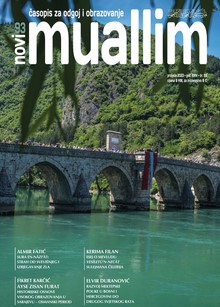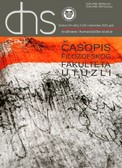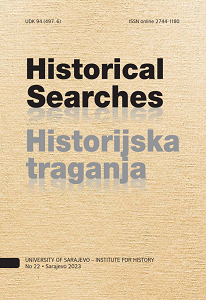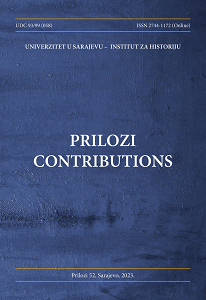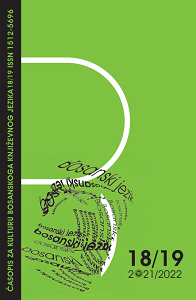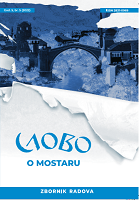
RASPJEVANI I OPJEVANI MOSTAR
The paper connects two distant periods of poetry creation in Mostar. In the 16th and 17th centuries, dozens of poets sang in Turkish and Persian in the Oriental cultural circle, among whom the most important are Hasan Zijaija, Derviš-paša Bajezidagić and Fevzi Mostarac. he second period refers to the revival of the literature, the end of the 19th century, modernization in the 20th century according to European literature ends – impressionism and symbolism, expressionism and avant-garde, existentialist modernism. he representatives are: M. Ć. Ćatić, Hamza Humo and Skender Kulenović. At the same time, the merging of concepts and motifs and networking of the Oriental poetic tradition into a contemporary literary expression is signiicant for understanding the poetic and cultural complexityof contemporary Bosnian literature.
More...
